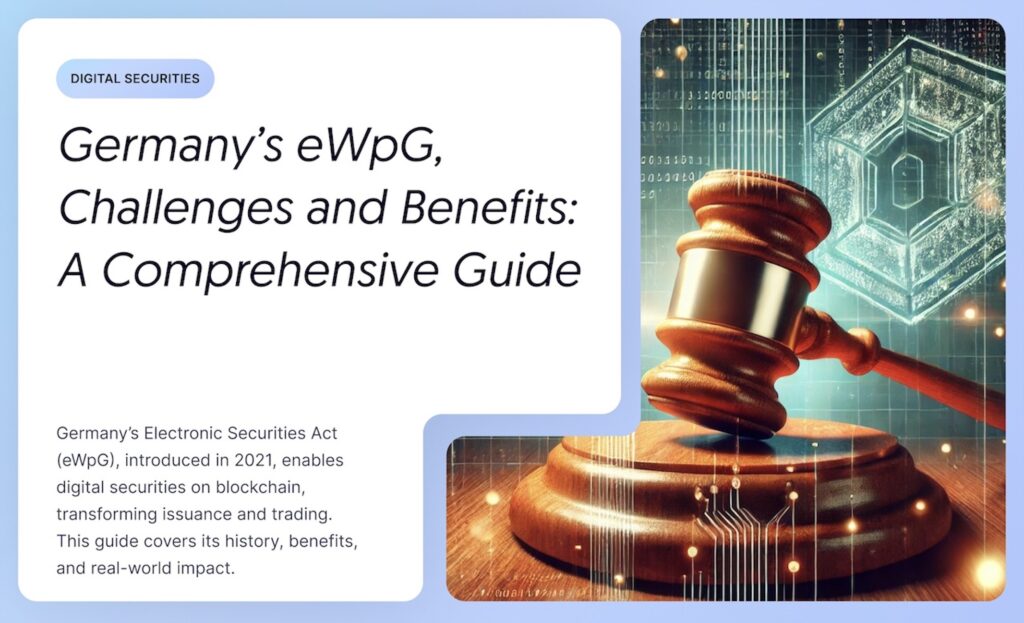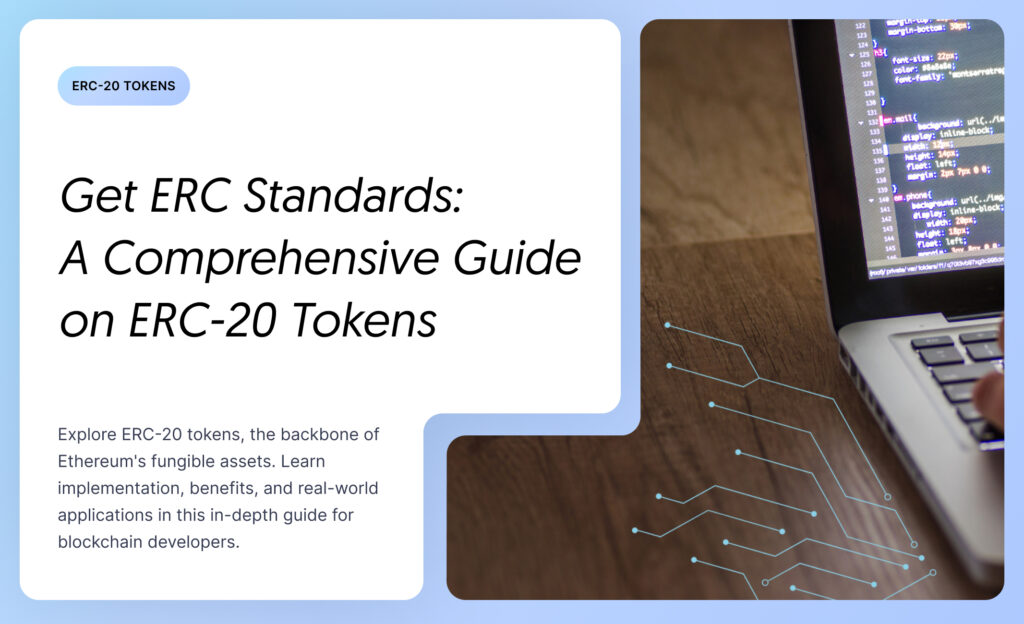Welcome to our series on ERC standards, where we delve into the various Ethereum Request for Comments (ERC) standards that form the backbone of the Ethereum blockchain. ERC standards are essential protocols that define how Ethereum-based tokens and smart contracts should function, ensuring interoperability and standardization across the Ethereum ecosystem.
ERC standards are similar to the standards used on other blockchains, such as BEP on the BNB Chain or NEP on the NEAR Protocol. These standards provide guidelines and specifications for creating and managing tokens and smart contracts, making it easier for developers to build applications that can interact seamlessly with other applications and services on the same blockchain.
By following these standards, developers can ensure that their tokens and smart contracts are compatible with a wide range of tools, wallets, and platforms, promoting a more integrated and user-friendly blockchain ecosystem. In this series, we will explore different ERC standards, starting with the widely used ERC-20 token standard, to help you understand their functionalities, benefits, and implementation.
What is ERC-20?
- Definition: ERC-20 is a technical standard used for smart contracts on the Ethereum blockchain for implementing tokens.
- History and Background: Introduced in 2015 by Fabian Vogelsteller, ERC-20 became the standard for creating fungible tokens on Ethereum.
- Key Features: ERC-20 defines a common list of rules for Ethereum tokens, including how they can be transferred, approved, and managed.
How Does ERC-20 Work?
ERC-20 tokens adhere to a set of standardized functions within a smart contract, enabling consistent and predictable interactions across the Ethereum network. Specifically, the ERC-20 standard defines six mandatory functions and three optional functions that every compliant token must implement. These functions facilitate basic operations such as transferring tokens, checking balances, and approving allowances for token transfers, ensuring that all ERC-20 tokens can be interacted with in a standardized manner.
ERC-20 tokens have become the foundation for a wide range of applications and projects within the blockchain ecosystem. They are widely used in Initial Coin Offerings (ICOs), providing a standardized method for issuing new tokens and raising capital. Additionally, ERC-20 tokens are integral to decentralized applications (dApps) and various blockchain-based projects, enabling functionalities such as decentralized finance (DeFi), gaming, and more. The versatility and interoperability of ERC-20 tokens have made them a crucial element in the development and expansion of the Ethereum blockchain and beyond.
Implementation of ERC-20
Code Examples:
solidity
Copy code
pragma solidity ^0.8.0;
interface IERC20 {
function totalSupply() external view returns (uint256);
function balanceOf(address account) external view returns (uint256);
function transfer(address recipient, uint256 amount) external returns (bool);
function allowance(address owner, address spender) external view returns (uint256);
function approve(address spender, uint256 amount) external returns (bool);
function transferFrom(address sender, address recipient, uint256 amount) external returns (bool);}
Best Practices: Use libraries like OpenZeppelin for secure and efficient ERC-20 token implementation.
Benefits of ERC-20
- Advantages: Simplifies token creation, ensures interoperability, and provides a widely-accepted standard.
- Comparisons: Compared to ERC-721, ERC-20 tokens are fungible, meaning each token is identical and interchangeable.
Challenges and Limitations
- Potential Issues: Issues like gas fees and scalability can affect ERC-20 transactions.
- Solutions: Layer-2 solutions and efficient gas management practices can mitigate these issues.
Real-World Examples
- Projects and Platforms: Popular projects like Uniswap, Chainlink, and USDT are based on the ERC-20 standard.
- Case Studies: Discuss how projects like these have successfully implemented ERC-20 tokens.
Bonus: Template from Our GitHub Repo
- Template Overview: To help you get started, we’ve provided an ERC-20 token template on our GitHub.
- How to Use: Download the template and customize it according to your project needs.
- Link to Repository: https://github.com/softstack/erc20-token-template
Conclusion
ERC-20 is foundational for creating fungible tokens on Ethereum, offering standardization and ease of use. This standard ensures that tokens created on the Ethereum network can interact with various wallets, exchanges, and decentralized applications, providing a consistent experience for developers and users alike.
Ready to dive deeper into ERC-20?
- Explore our comprehensive ERC-20 token template on GitHub to jumpstart your project: https://github.com/softstack/erc20-token-template
- Need expert support? At Softstack, we specialize in:
- Auditing ERC-20 token smart contracts for security and compliance
- Developing custom ERC-20 tokens tailored to your project needs
- Ensuring your token meets industry standards and regulatory requirements
Don’t navigate the complexities of ERC-20 development alone. Whether you’re launching a new token, need an audit for an existing smart contract, or require guidance on regulatory compliance, Softstack is here to support your journey.
Take the next step in your blockchain project!
Contact us today for a free consultation and let’s bring your ERC-20 token vision to life.







